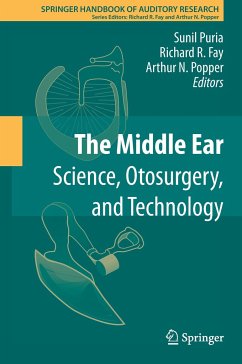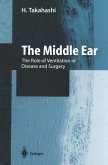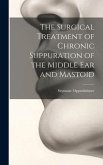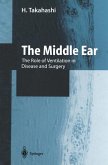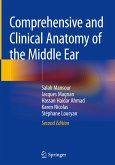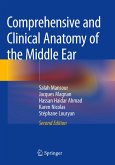The middle ear plays a vital role in the sense and sensitivity of hearing. Of the various characteristics that distinguish mammals from other vertebrates, several pertain to the middle-ear system such as the presence of three middle-ear bones and the four-layer composite structure of the tympanic membrane. These adaptations co-evolved with the sense organ, specifically the motility of the outer hair cells in the organ of Corti within the cochlea, to endow mammals with a unique capacity for high-frequency hearing. Reptiles, amphibians, and most fish do not hear above 5 kHz, while the upper limit of hearing in birds is 8-12 kHz. Mammals, in contrast, have upper limits of hearing ranging from 10 kHz (elephants) to 90 kHz (wild mouse) and even higher for echolocating animals. It is well established that high-frequency hearing evolved in mammals as a means to localize sound. While a significant number of publications elucidate the role of the cochlea on hearing, a parallel effort to underst
Bitte wählen Sie Ihr Anliegen aus.
Rechnungen
Retourenschein anfordern
Bestellstatus
Storno

